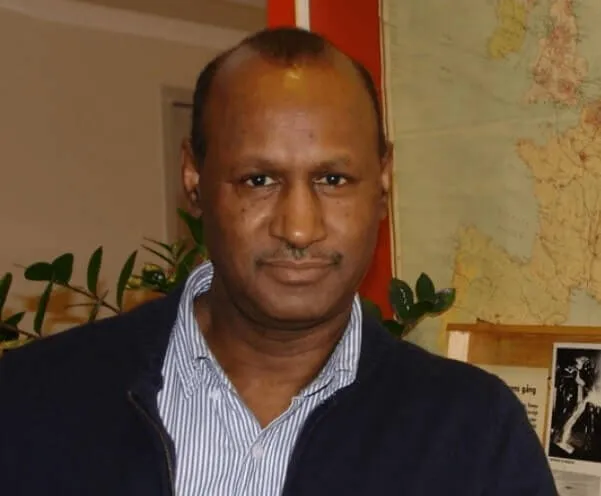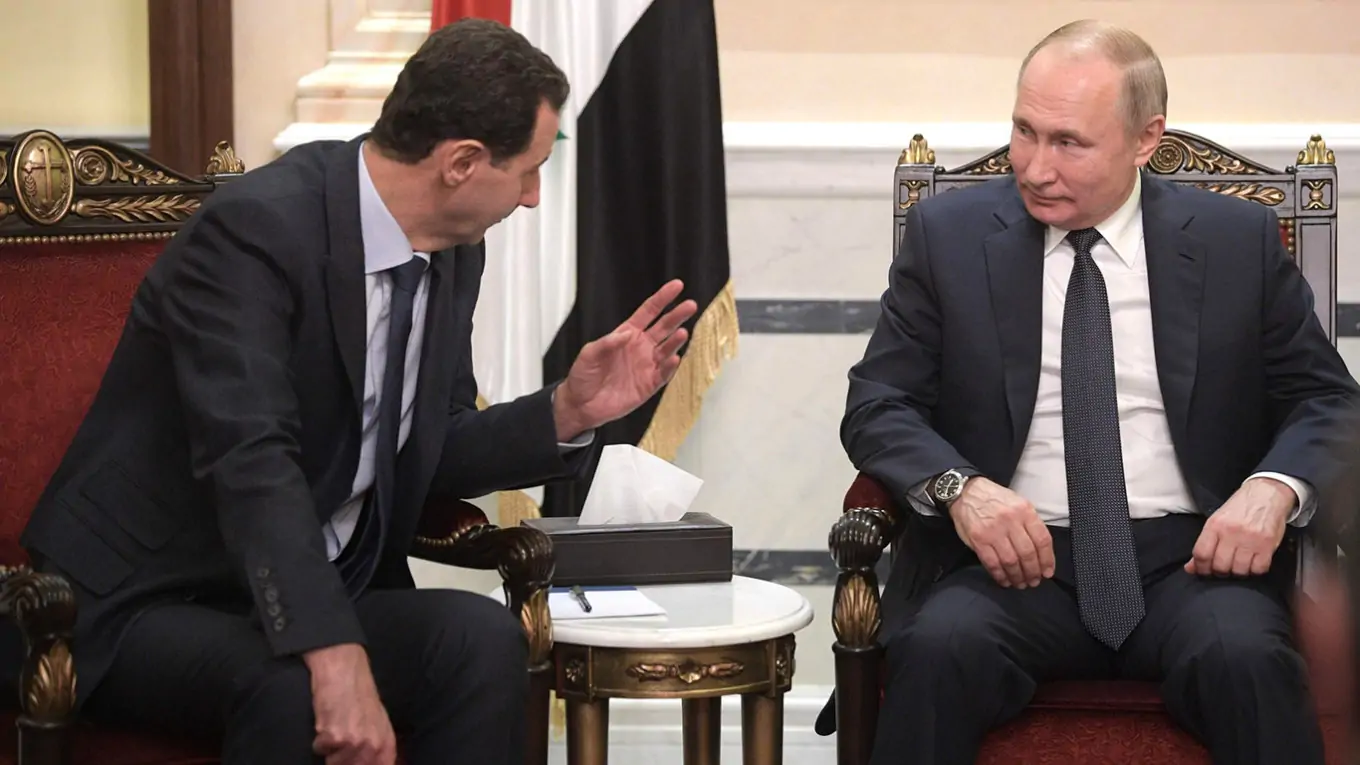Tsegaye Tegenu, PhD
2023-09-21
In successive nine parts with a continuing title, I presented for your consideration three documents (definitions and technical descriptions) on the creation of a post-scarcity economy of Ethiopia. The first document is about vision and mission formations (Part Three, Part Four and Part Five), the second document deals with long-term planning (Part Six, Part Seven, Part Eight and Part Nine), and the third document explains the back ground idea (Part One and Part Two). This is the last part of my presentation and Part Ten aims to summarize the practical significance and immediate relevance of the three documents.
The vision document contains the vision statement (creation of a post-scarcity economy), the goals reaching the vision, strategies of the vision goals and a mission statement. The vision goals and mission statements intend to serves as a guiding document to communicate the overarching purpose and desired future state of the Ethiopian economy (that is a creation of superabundance resources for 170 million people by the year 2048).
The second document, the long-term planning document, outlines the specific strategies, policy areas, initiatives, and actions required to achieve the goals set out in the vision and mission document. It includes details of the different phases and the operational policies needed to implement in the coming 25 years. The long-term planning document provides a roadmap for implementation of the vision goals and strategies.
Both the vision statement and long-term planning document inspires and motivates the Ethiopian people and their leaders to work for the future. The documents help to align the efforts of everyone involved in the country’s economy. They provide a shared understanding of the long-term goals and direction, ensuring that all actions are coordinated towards creation of post-scarcity economy.
Ethiopia needs these documents for various reasons (see part one and part two). When joining the BRICS bloc (trade and investment relationship), the country needs also a long-term planning to create macroeconomic and political stability.
Ethiopia is facing chronic challenges and relying on “business as usual” is no longer a viable solution. The chronic challenges are persistent and they are threatening the country’s political stability, economic growth and transformation. It is now time to consider alternative approaches, strategies, and changes in the organization, planning and operation of development efforts in the country. Changing the mindset and thinking of the leaders and the people is now more urgent than ever.
I have some advice for three actors: planners, economic policy researchers and political leaders. These actors must be willing to examine their practices, make strategic changes, and embrace innovative ideas to effectively overcome their path-dependent thinking and practice, and be able to thrive in the changing environment of the country.
My advice to long-term planners: conduct root cause analysis
Long-term planners are individuals, organizations, or entities that prioritize and engage in strategic thinking, decision-making, and action with a focus on the future. You find them at various levels of government entities (local, regional, national) and public agencies engaged in long-term planning to address issues such as infrastructure development, healthcare, education, urbanization, agriculture, manufacturing productions, etc.
In Asian and most developing countries there is also a Planning Commission, a government body responsible for formulating and implementing economic and development plans at the national or federal level. Central Planning Commissions are responsible for formulating long-term and short-term plans, setting targets for economic growth, and coordinating policies to achieve those goals.
Long-term planners in general use a variety of methods and approaches to formulate and implement effective strategies for their respective sector performance, economic growth and development. They gather and analyze a wide range of data related to the mission of their organization to understand current conditions and trends. My advice to long-term planners is start conducting root cause analysis before they engage stakeholders and design strategic planning (for details see Part Three and Part Four).
Advice to economic policy researchers and analyst: use my “all-in-one-platform”
Economic policy researchers and analysts are professionals who study, analyze, and provide insights into economic issues, trends, and policies. They play a vital role in informing policy decisions in different areas (such as economic growth, unemployment, inflation, sector performances) and subject matters (such as building productivity capacity). They use different methods to conduct research and understand economic phenomena, assess the impact of policies, and provide evidence-based suggestions.
I see no problem with their professional methods and techniques of data analysis (econometric modeling, input-output analysis, cost-benefit analysis, case studies, simulations and scenario analysis, among others). But drawing conclusion from their analysis varies depending on the choice of objectives, the specific economic problem being addressed, the policy goals, and the time horizon under consideration.
For instance, solutions may focus on economic stabilization, economic growth, structural reforms, inclusive growth, human capital development, environmental sustainability, etc. The question is how can economic policymakers balance these objectives to achieve a holistic and effective strategy outcome. Is there an “all-in-one-platform”, which is multidisciplinary, multidimensional, integrative, futuristic, and long-term.
Based on my “all-in-one-platform” tools, I have three suggestions for economic policy analyst on ways of combining their multidisciplinary research results into a single integrated system. The first one is to use policy research areas discussed in Part Seven (strategies of vision goals) and Part Eight (a long-term approach and phase system thinking). These two parts outlined policy areas on the basis of long-term vision goals and strategies that can help economic policy researchers to avoid goal conflicts and interest difference. They can use these different parts to identify the relevant objectives and instruments of policy interventions at a given point in time and space.
The second suggestion refers to the importance of adopting their policy suggestions to changing and evolving circumstances. The different research methods they use (econometric modeling, input-output analysis, etc.) to inform their decision at different levels of economic aggregations (macro, micro, sector, global) even if they are correct and relevant, they are not enough by themselves. They need to consider the exponential curve of the population growth pressure (mentioned in Part One) to adopt their policy suggestions to changing pressure forces.
The third suggestion is to make use of Part Five (choice of vision goals) and Part Six (identifying strategies of vision goals). Researchers propound different visions depending on the nature of the economic issue they tackle and the desired outcomes. Their vision recommendations may include achieving sustainable development, reducing income inequality, becoming a leader in a specific industry or technology, regional or rural development, export-led growth, etc.
Their suggested economic visions can vary significantly in their goals, priorities, and underlying philosophies. The specific type of vision depends on the values, objectives, and circumstances of the economic policy researcher or analysts. The question: Is there an “all-in-one-platform” to minimize the potential feasibility risks and trade-offs associated with different visions?
The three-legged vision goals and strategies mentioned in parts five and six provide a comprehensive approach that help them integrate the different visions of economic researchers. Part Five and Part Six encompass a broader range of cross cutting approaches for integrating visions and strategies. These are people-centered, place-based, bottom-up and top-down approaches. These cross-cutting approaches recognize the interconnections between economic, social, and spatial issues and can thus help to align multidisciplinary and muti dimensional visions suggested by economic policy researchers.
My advice to policymakers and political leaders: adopt the skills, characteristics and thinking ability of ocean sailor
Policymakers and political leaders are individuals who play key roles in the governance and decision-making processes of the country. They are responsible for formulating, implementing, and evaluating government policies and legislation. They work within government institutions, agencies, and bodies.
Political leaders are individuals who hold positions of influence within political parties or movements. They may or may not hold official government positions, but they often play crucial roles in shaping public opinion, advocating for specific policies, and mobilizing support.
Both policymakers and political leaders have a shared responsibility for long-term development planning, design and implementation of economic policies. Policymakers translate the broad economic vision and priorities advocated by political leaders into concrete policies and actions. Political leaders, in turn, advocate for policies that reflect the needs and aspirations of their constituents.
However, to both of them, particularly in the context of Ethiopia, they have to understand the vastness, depth, and dynamic nature of the country’s economic problems and solutions. To begin with, they must know that they have taken a responsibility to address the economy of 120 million people (vastness), which has chronic problems at any aggregate levels (depth), and the dynamic nature of policies which makes them complex and ever-changing systems (waves, tides, and currents).
Both policymakers and political leaders have to know that they are just like individuals who specialize in sailing an ocean. Ocean sailors are skilled and knowledgeable individuals who combine navigation expertise, seamanship, weather awareness, safety protocols, adaptability, and resource management to safely navigate the vast and challenging open seas. Their capabilities and experience enable them to undertake long-distance ocean voyages. If they are incapable of exploring, they can get lost with their crew and vessel.
There are some parallels between the roles and responsibilities of policymakers, political leaders, and ocean sailors, especially when it comes to navigating complex and unpredictable environments just like the economy of our country. Both of them need
- Navigation skills: use of charts, GPS system or vision roadmaps in the case of policy makers and political leaders.
- Seamanship: skills related to operating and maintaining a sailing vessel, or long term-plan.
- Weather knowledge: signs of approaching storms or changing needs and demands of the population.
- Safety and emergency preparedness: safety equipment or economic policy design.
- Communication skills: crew coordination or policy implementation skill.
- Adaptability: respond to changing wind and weather or skill in policy prioritization and quick decision making.
- Long-distance planning: route selection and timing of voyages or long-term development planning for the country.
- Legal and regulatory knowledge: navigating maritime regulations or capable bureaucracy for policy implementation; and
- Environmental Stewardship: strong appreciation for the marine environment or economic policy enabling environment discussed in Part Nine.
In summary, ocean sailors are skilled and knowledgeable individuals who combine navigation expertise, seamanship, weather awareness, safety protocols, adaptability, and resource management to safely navigate the vast and challenging open seas. The question: do our policymakers and political leaders have the capabilities and experience, just like ocean sailors, that enable them to undertake long-term planning and creation of post-scarcity economy of Ethiopia.
My advice to them is to stop the tradition of short-term and ad hoc thinking. Short term thinking focuses on immediate gratification (search for popularity) or impulsive decisions without proper foresight and planning. Ad hoc thinking refers to making decisions and taking actions without a structured or premeditated approach. It often involves responding to immediate circumstances rather than following a well-thought-out long-term plan. A good example the use of a conspiracy theory to run the country.
Policymakers and political leaders must approach their roles just like ocean sailors with a greater appreciation for the challenges they must navigate (120 million people economy which is vast and deep) and the acquiring of skills like vision goals, strategy formulation, policy design and effective implementation capabilities discussed in the different parts my presentations. That is all I have for you when thinking about the future of the Ethiopian people caught up in chronic problems.



















